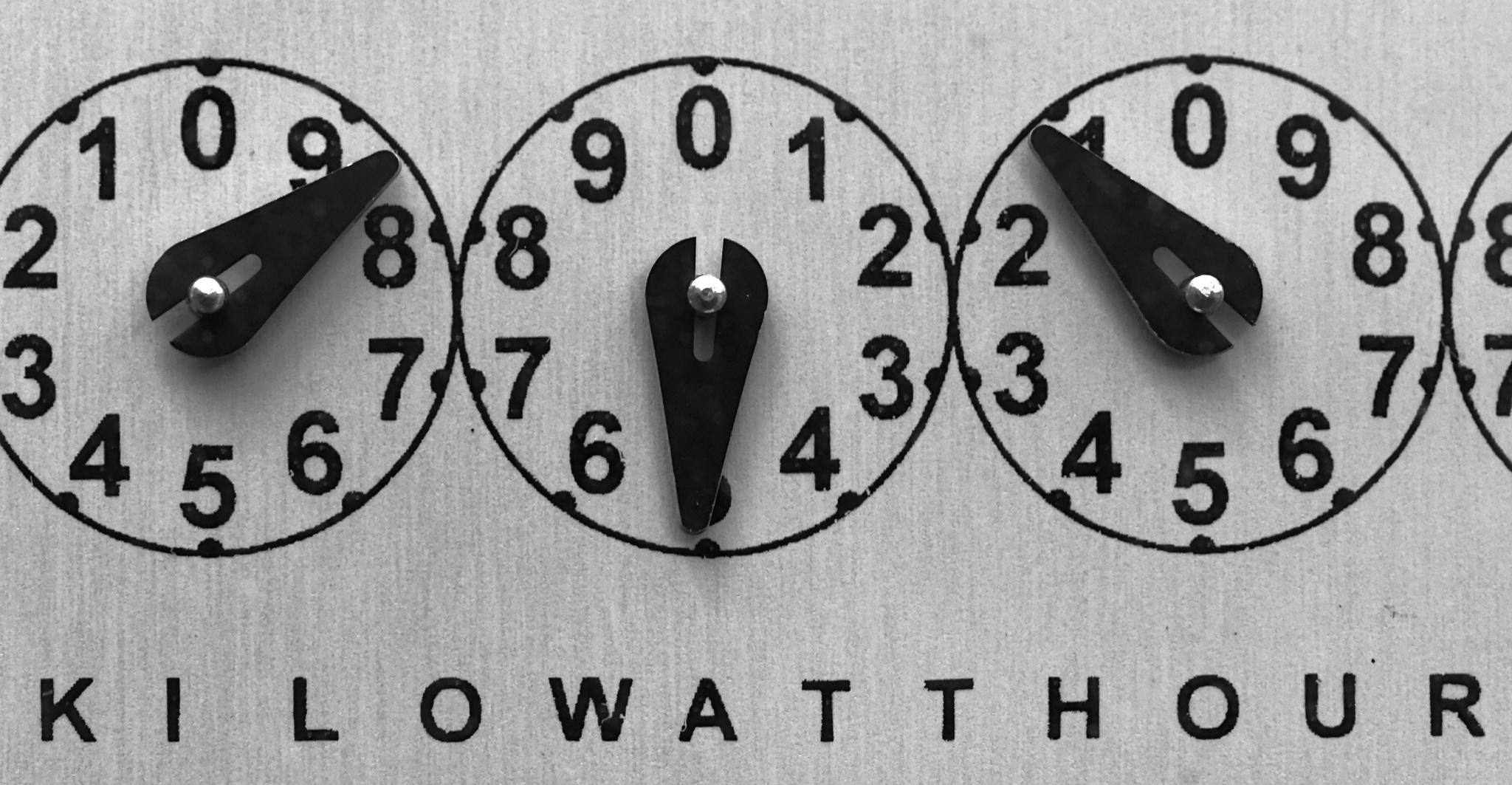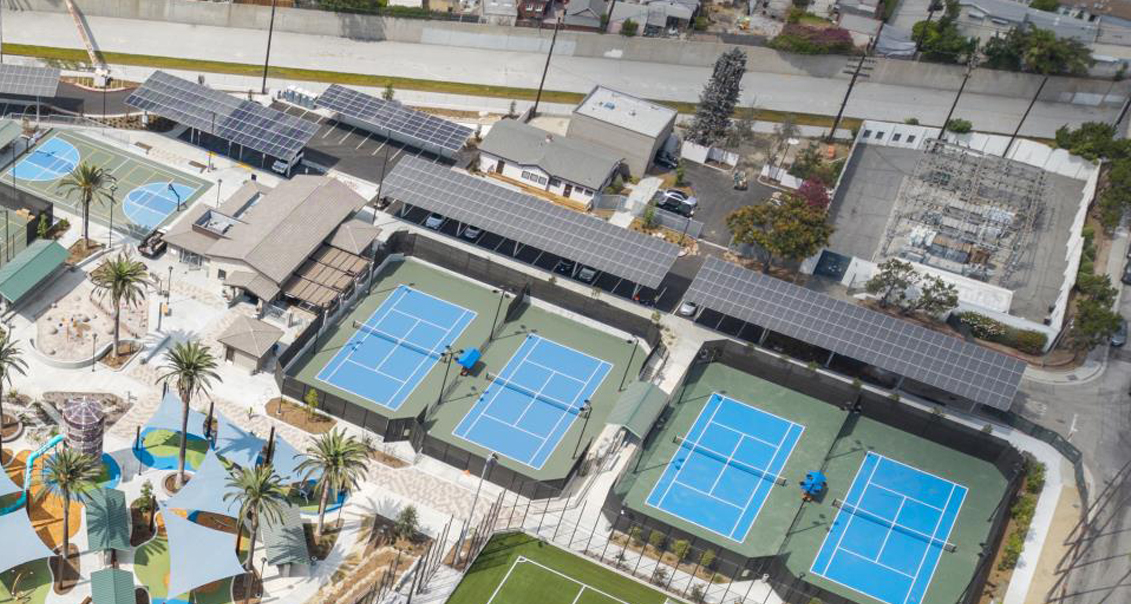On Thursday, January 19, 2017, the California Public Utilities Commission (CPUC) adopted new policy guidelines for assessing time periods for use in future time-of-use (TOU) rates. As part of this decision (D.17-01-006), the CPUC established grandfathering provisions for certain customers who have or will be installing solar generating facilities within specific timeframes, including certain NEM customers. For your convenience, we have listed the impacts to NEM customers and the requirements to qualify for the TOU period grandfathering adopted by the decision in SCE’s service territory.
What does this decision mean to NEM 1.0 customers?
NEM 1.0 customers who meet the following requirements are eligible to maintain their existing TOU periods for either five years (for residential customers) or 10 years (for non-residential customers) from their original permission to operate (PTO) dates (but not exceeding the timeframes noted below):
Customers must have submitted an online NEM application for a solar generating facility no later than 11:59 p.m. on 1/31/2017. Existing NEM 1.0 solar customers meet this requirement.
The system must be designed to offset at least 15% of the customer’s current annual load.
With the exception of school projects, applications must be completed (including receipt of the Final Inspection, signed the Interconnection Agreement, and any other documentation necessary for interconnection) no later than 11:59 p.m. on 7/31/2017. Existing NEM 1.0 solar customers meet this requirement.
The applications for school projects (including the same documentation noted in the bullet point above) must be completed by 11:59 p.m. on 12/31/2017. Schools with existing NEM 1.0 solar projects meet this requirement.
Note, PTO may be issued after the 7/31/2017 or 12/31/2017 deadlines and the TOU grandfathering provisions will still apply – provided the application documentation was completed by these deadlines.
Residential customers must have opted to be served on a TOU rate as of 7/31/2017.
What does this decision mean to NEM 2.0 customers?
NEM 2.0 residential customers are not impacted by this decision and are not eligible for the TOU grandfathering afforded under this decision. This is because NEM 2.0 residential customers were already afforded TOU grandfathering as part of the NEM 2.0 decision (D.16-01-044) and are subject to the requirements of that decision. In D.16-01-044, NEM 2.0 residential customers who complete their interconnection applications prior to the implementation of default TOU rates for all residential customers (expected to be in the 2018/2019 timeframe) are allowed to remain on their existing TOU rate option for a period of five years from the date they first took service on the rate. There is no TOU grandfathering afforded to NEM 2.0 residential customers who complete their applications after the implementation of default TOU rates for all residential customers (again, expected to be 2018/2019 timeframe).
NEM 2.0 non-residential customers are eligible for TOU grandfathering consistent with the provisions and eligibility requirements applicable to non-residential NEM 1.0 customers, as discussed above.
How long will grandfathered TOU periods be in effect for customers covered under D.17-01-006?
Residential NEM 1.0 Customers – Grandfathered TOU periods will remain in effect for 5 years from the customer’s original PTO date, but in no event will the grandfathering period extend beyond 7/31/2022.
Residential NEM 2.0 Customers – This decision is not applicable to NEM 2.0 residential customers.
Non-Residential NEM 1.0 or 2.0 Customers – Grandfathered TOU periods will remain in effect for 10 years from the customer’s original PTO date, but in no event will the grandfathering extend beyond 12/31/2027 (for schools) or 7/31/2027 (for all other non-residential accounts).
How does this impact the upcoming successor tariff?
The decision does not impact SCE’s upcoming switch to the NEM successor tariff (i.e., NEM 2.0). As a reminder, NEM 2.0 will go into effect in SCE’s service territory on either 7/1/2017 or sooner if SCE reaches its NEM 1.0 cap.
To qualify for both NEM 1.0 and the TOU period grandfathering afforded by this recent decision, all application documents must be finalized before NEM 2.0 goes into effect.
For example, should NEM 2.0 go into effect on 7/1/17, interconnection requests completed before then (and otherwise meet the eligibility criteria specified above) will qualify for both NEM 1.0 and the grandfathered TOU periods. Under the same scenario, interconnection requests from non-residential solar panel customers completed after 7/1/17 but before the 7/31/2017 deadline (or 12/31/2017 for schools) would qualify for the grandfathered TOU periods but would be served on NEM 2.0. For residential customers falling under this second scenario, their applicable TOU grandfathering would be governed under the provisions of the NEM 2.0 decision.
For any additional questions you may have about your NEM project and the TOU period grandfathering, please email info@solaroptimum.com.
Source: 2017 Southern California Edison. All rights reserved.






